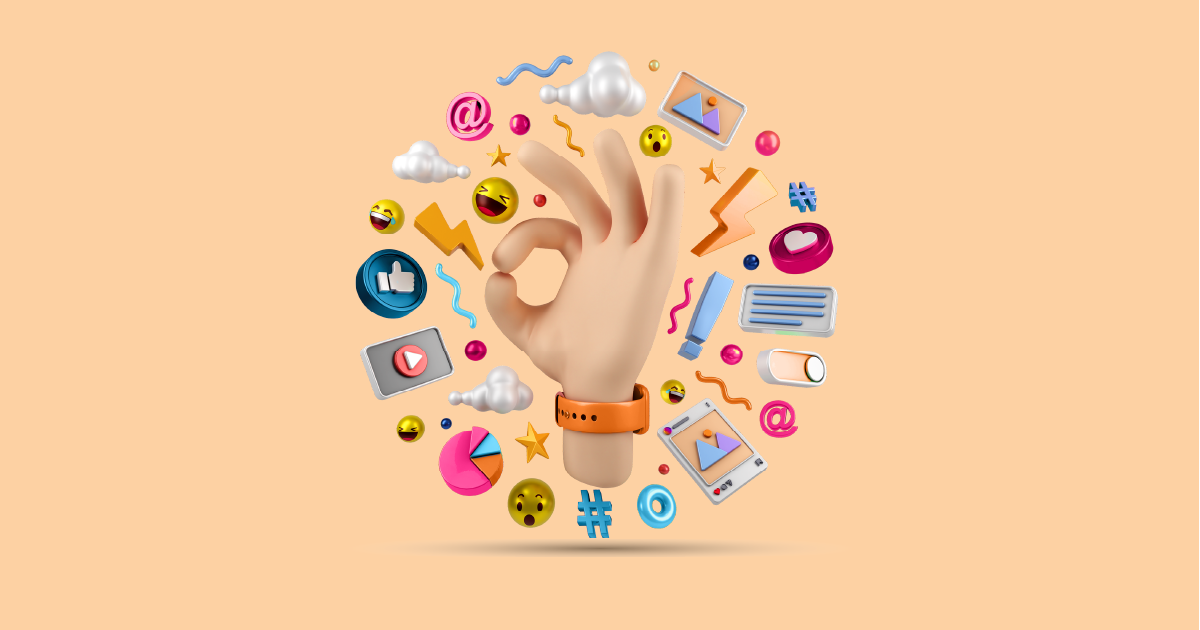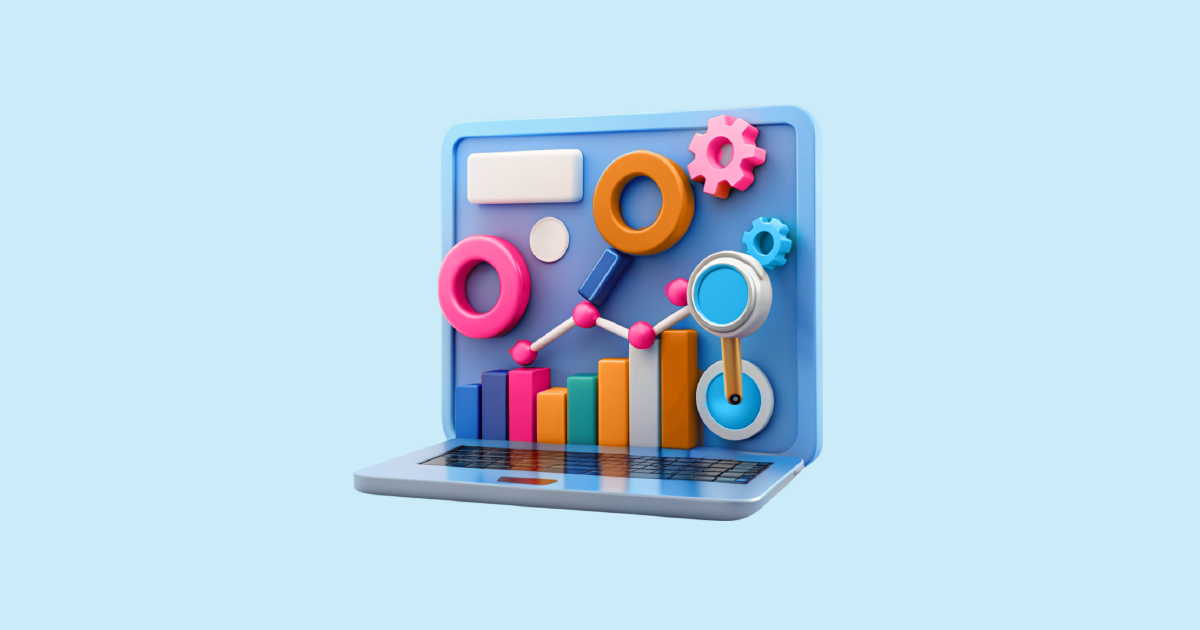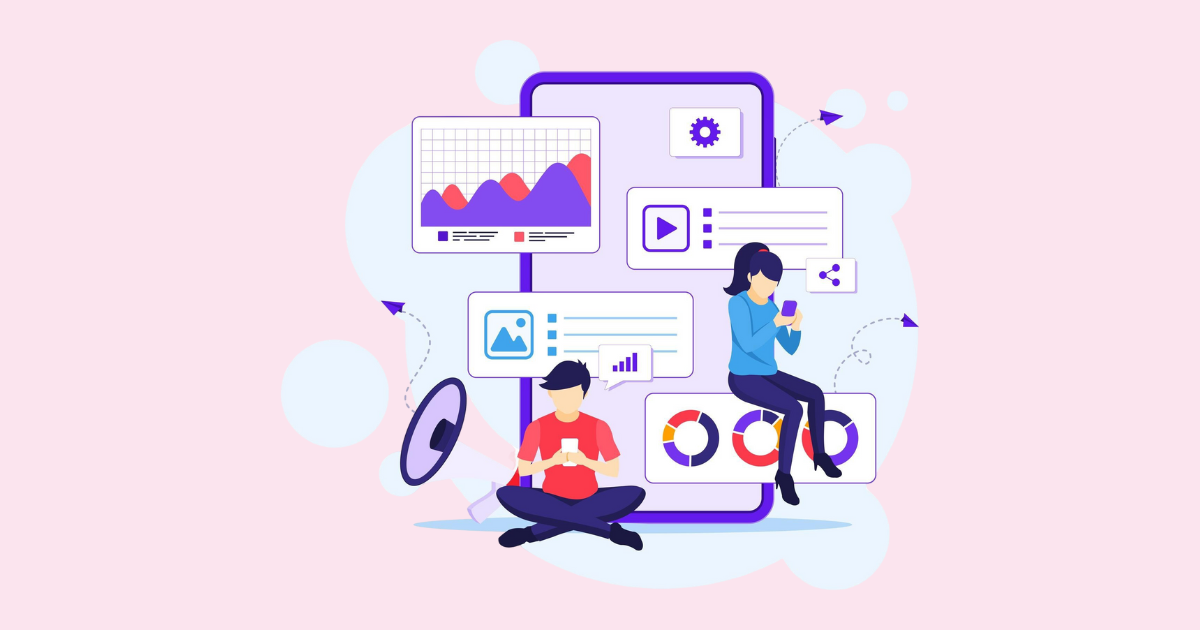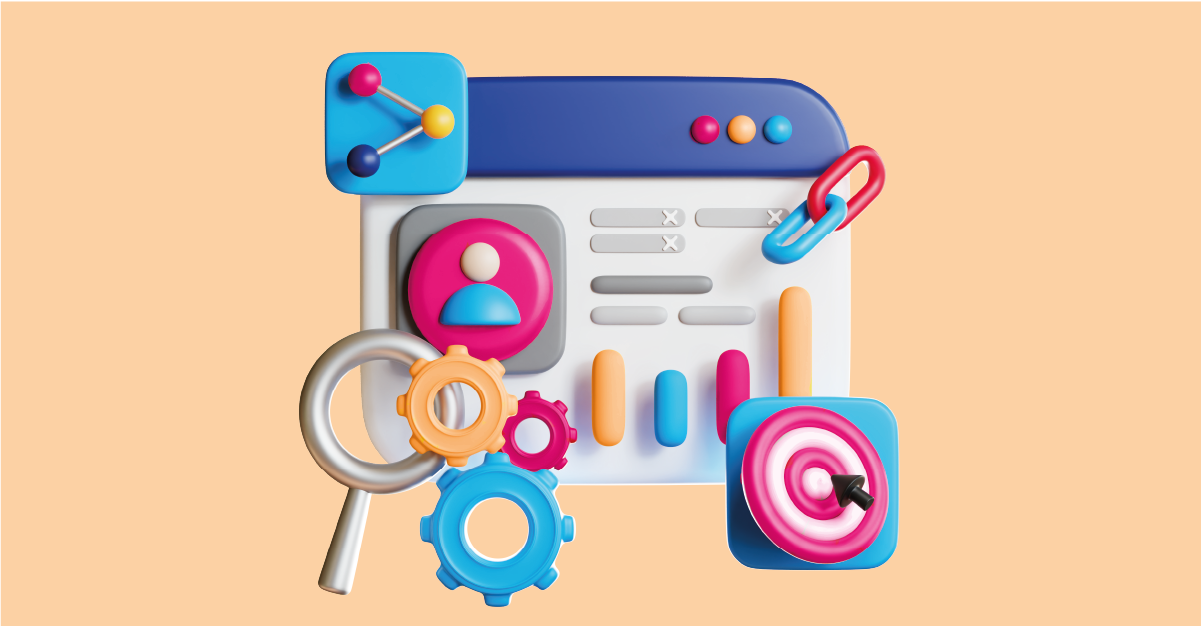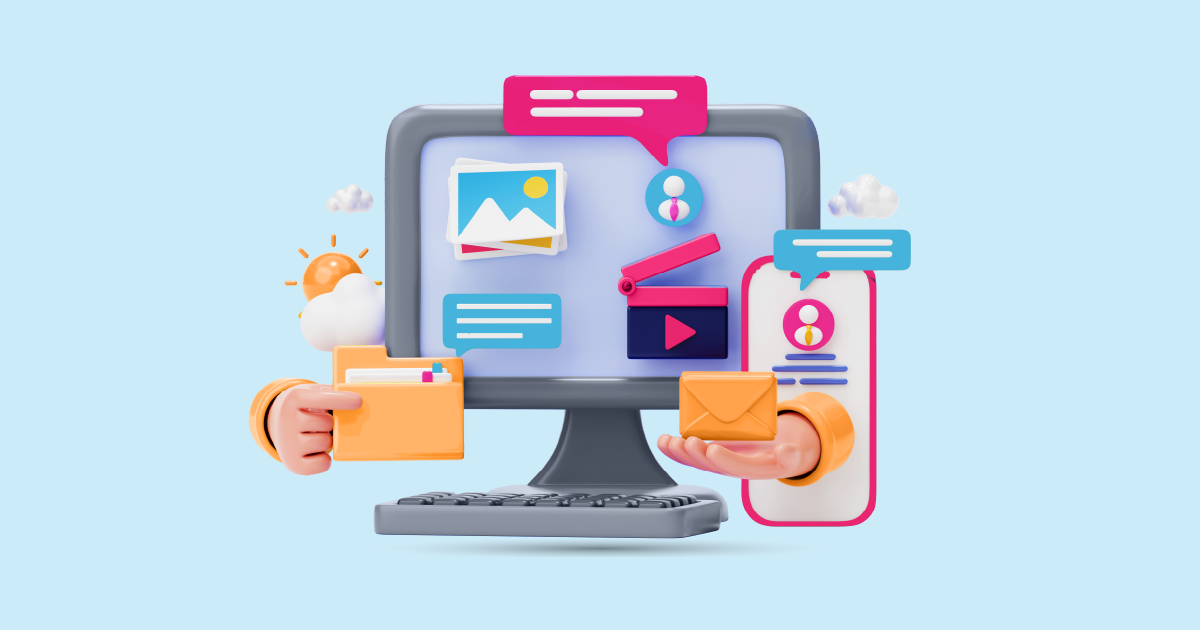In today’s fast-paced digital world, businesses, brands, and organizations are flooded with an overwhelming amount of media content. From social media posts and news articles to TV broadcasts and online blogs, the sheer volume of information can be daunting. But how do companies make sense of all this data? That’s where media analysis comes in. Media analysis helps organizations extract meaningful insights from media content, allowing them to understand trends, track brand sentiment, and make informed decisions. But why is it so crucial in today’s media-driven landscape? Let’s dive in.
Understanding Media Analysis
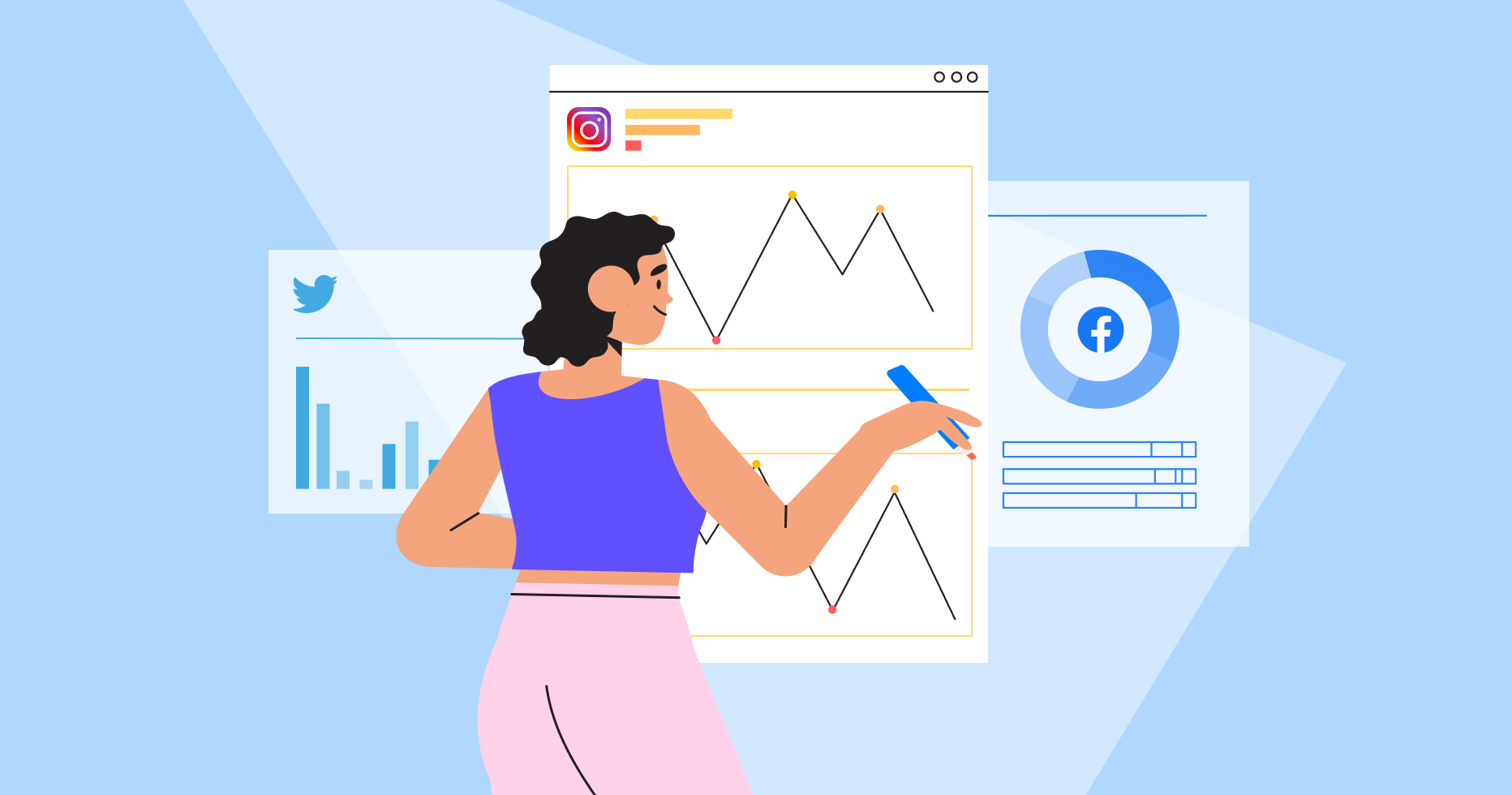
Definition and Scope
Media analysis refers to the process of examining media content—whether from traditional outlets like newspapers and TV or digital platforms like social media and blogs—to assess public sentiment, trends, and the impact of communications. It helps organizations understand how their brand or message is being perceived in the media landscape.
The Evolution of Media Analysis
From manually tracking newspaper articles decades ago to leveraging AI-powered tools today, media analysis has evolved significantly. Modern media analytics tools now use artificial intelligence, machine learning, and big data to provide real-time insights with greater accuracy.
The Importance of Media Analysis
Impact on Businesses and Brands
Businesses rely on media analysis to measure public perception, monitor brand reputation, and track industry trends. By analyzing how a brand is mentioned in the media, companies can make strategic adjustments to their marketing and public relations efforts.
Role in Public Relations and Crisis Management
A single negative news story or viral tweet can damage a company’s reputation. Media analysis helps PR teams identify potential crises early, allowing them to respond proactively before a situation escalates.
Enhancing Marketing Strategies
By understanding audience sentiment and trends, marketing teams can tailor their campaigns to resonate better with consumers. Media analytics provides valuable insights into what works and what doesn’t, enabling brands to refine their messaging.
Key Components
Data Collection
Media analytics begins with gathering data from various sources, including:
- Social media platforms (Twitter, Facebook, LinkedIn)
- News websites and blogs
- TV and radio broadcasts
- Online forums and reviews
Sentiment Analysis
Sentiment analysis is a critical aspect of media analysis that determines whether mentions are positive, negative, or neutral. AI-powered sentiment analysis tools help brands gauge how their audience feels about them.
Trend Identification
By analyzing large volumes of media content, companies can identify emerging trends and capitalize on them before their competitors. This is particularly useful for product launches, market shifts, and evolving consumer behaviors.
Competitor Benchmarking
Understanding how competitors are perceived in the media helps businesses gain a competitive edge. Media analytics allows companies to track competitors’ successes and failures, providing valuable lessons for strategic planning.
Media Analysis Tools and Techniques
Social Listening Tools
Social listening tools such as AIM Insights, Hootsuite, and Brandwatch allow businesses to track brand mentions, analyze audience sentiment, and gain insights into customer behavior.
Natural Language Processing (NLP) in Media Analytics
NLP helps categorize and analyze media content by identifying keywords, emotions, and intent behind mentions, making it easier to extract meaningful insights from large datasets.
Manual vs. Automated Media Analytics
While manual media analytics provides deeper context, it is time-consuming and prone to human error. Automated tools, powered by AI, offer real-time insights at scale, making them ideal for large organizations.
Challenges
Despite its advantages, media analytics has some challenges:
- Data Overload: Filtering out irrelevant content can be difficult.
- Sentiment Accuracy: AI sentiment analysis isn’t always perfect, especially with sarcasm or nuanced language.
- Ethical Concerns: Privacy and ethical issues arise when analyzing personal data without consent.
Future Trends
With advancements in AI and predictive analytics, media analytics is set to become even more sophisticated. Businesses will soon be able to anticipate crises, predict customer behavior, and make data-driven decisions with unparalleled accuracy.
Conclusion
Media analytics is no longer just an optional tool—it’s a necessity for businesses, PR agencies, and marketers looking to stay ahead in the digital age. By leveraging cutting-edge media intelligence tools, organizations can unlock powerful insights, enhance brand reputation, and make smarter strategic decisions.
Want to see how media analysis can transform your business? Request a demo from AIM Technologies today and discover how advanced AI-driven insights can help you stay ahead of the competition.
FAQs
-
What industries benefit the most from media analytics?
- Industries like marketing, public relations, politics, and finance benefit the most from media analysis.
-
How does AI improve media analysis?
- AI automates data collection, improves sentiment accuracy, and provides real-time insights.
-
What are the best tools for media analysis?
- Some of the best tools include AIM Insights, Hootsuite, and Brandwatch.
-
How often should businesses conduct media analysis?
- Businesses should analyze media data daily or weekly, depending on their industry and media exposure.
-
Can media analysis predict consumer behavior?
- Yes! By tracking sentiment trends and consumer conversations, businesses can predict future behaviors.
